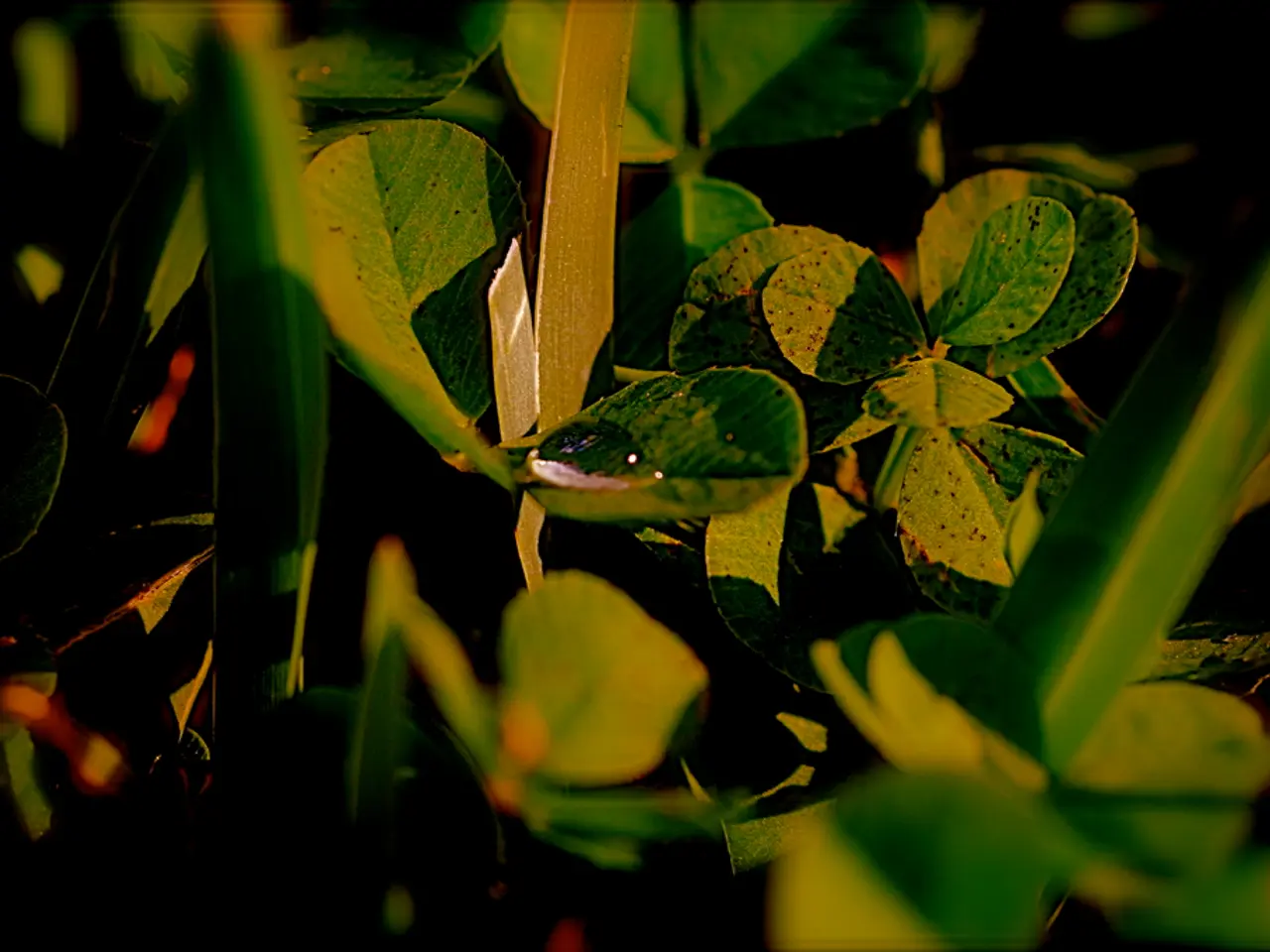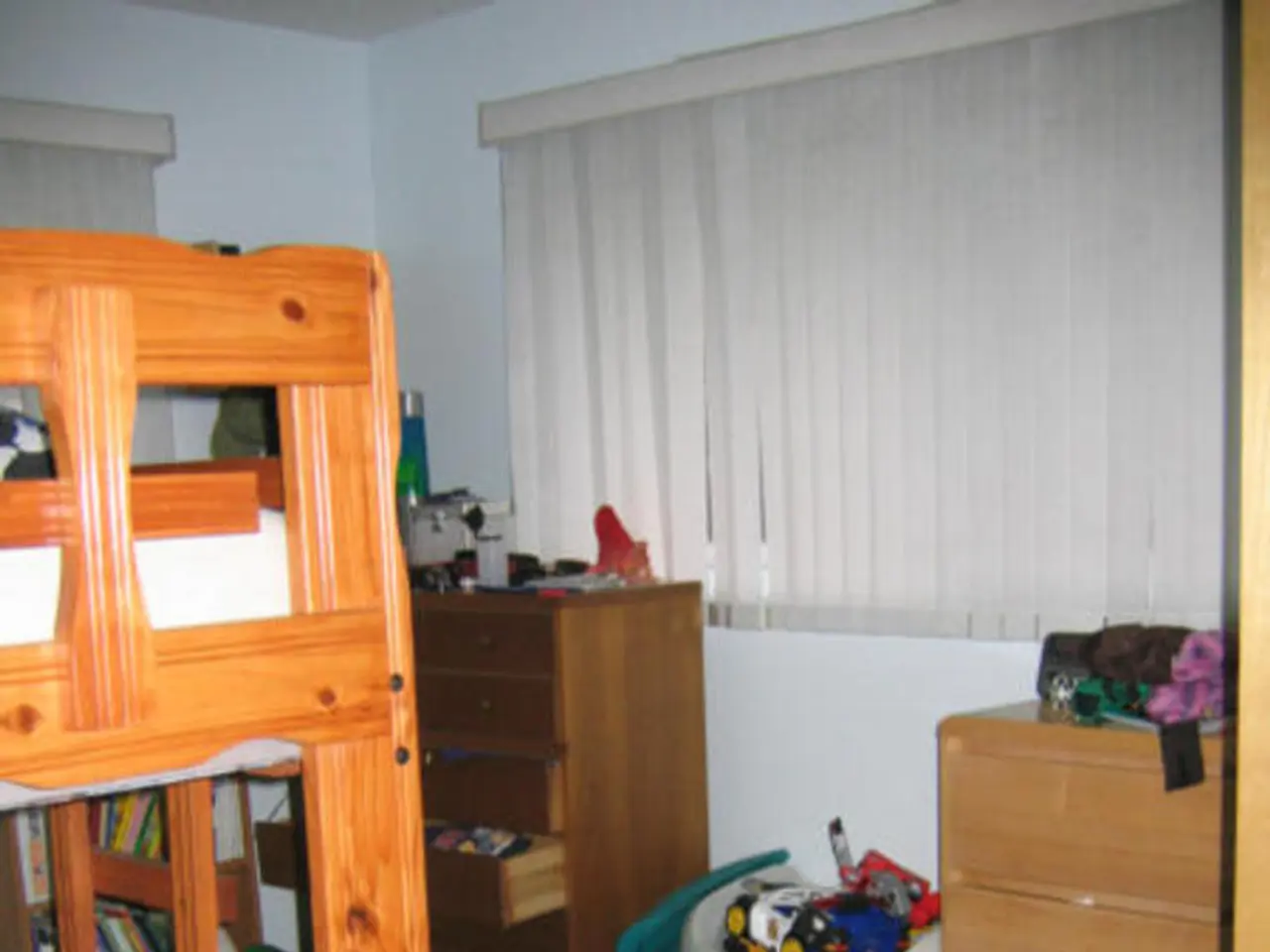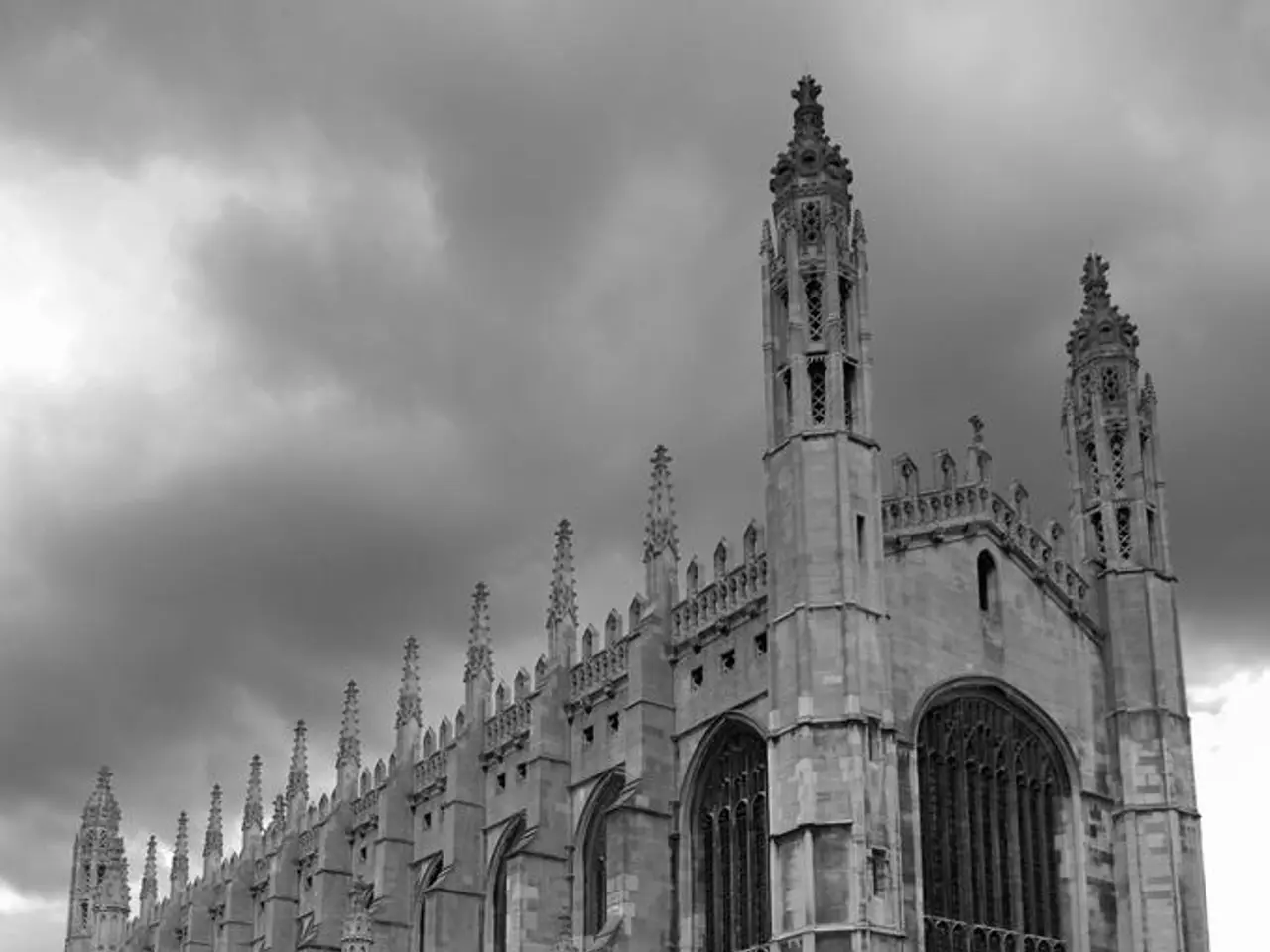Winter Bonsai Leaf Drop Explanation
In the captivating world of bonsai, leaf drop can be a concerning issue for enthusiasts. This article aims to shed light on the common causes of bonsai tree leaf drop during various seasons and provide practical solutions to maintain a healthy and thriving bonsai.
### Winter Leaf Drop: Navigating the Dormancy Cycle
During winter, many bonsai species, such as the deciduous Chinese Elm, naturally lose their leaves as part of their dormancy cycle. However, abnormal leaf drop can also occur due to improper watering, environmental stress, and fertilizing issues.
Improper watering is the leading cause of abnormal leaf drop. Under-watering can lead to dry soil, causing roots to wither, resulting in wilted, crisp leaves that eventually fall off. Conversely, over-watering can cause root suffocation or rot, leading to yellowing and dropping leaves.
Environmental stress, such as abrupt temperature changes or inadequate light, can also trigger leaf drop. Bonsai trees acclimating to new temperatures may shed leaves more frequently. Fertilizing too close to winter or over-fertilizing can weaken bonsai resilience, making them susceptible to diseases and leaf drop.
### Other Seasons Leaf Drop Causes
During other seasons, water deficiency, overwatering, pests, diseases, and acclimatization to new conditions can cause leaf drop. Symptoms of water deficiency include yellowing, wilting, or drying leaves near the bottom, potentially leading to branch dieback. Over-watering signs include dull foliage, yellow or sparse leaves, wrinkly bark, and soft, mushy roots.
Pests and diseases, such as aphids, spider mites, scale, fungal infections like anthracnose and rust, and powdery mildew, can also cause leaf drop. Regular inspection and treatment are essential to prevent disease-related leaf drop.
### Addressing the Issues
To maintain a healthy bonsai throughout the year, it's crucial to manage watering, fertilizing, and environmental factors systematically. Ensure consistent watering – water only when the top half-inch of soil is slightly dry, use well-draining bonsai soil, and avoid letting the soil become swampy or completely dry out.
Fertilizing should be done monthly during the growing season with a balanced bonsai fertilizer. Avoid fertilizing in winter and do not over-fertilize to prevent leaf burn. Provide adequate filtered natural sunlight and protect from harsh temperature fluctuations. For winter, if the species is not cold-hardy, provide protection from freezing conditions.
Regular inspection for pests and root health during repotting is essential to prevent disease-related leaf drop. High humidity levels can help deter spider mites. Remember, not all bonsai trees shed their leaves in winter; some evergreen varieties like junipers or pines will keep their foliage intact throughout the cold months.
By following these guidelines, you can minimise abnormal leaf drop and enjoy the beauty of a healthy bonsai tree. Happy bonsai-ing!
In the realm of gardening, understanding the unique lifestyle of bonsai trees extends beyond their captivating appearance, encompassing home-and-garden nurturing like managing watering, fertilizing, and environmental factors to prevent abnormal leaf drop during various seasons. Proper water management, such as ensuring consistent watering and using well-draining bonsai soil, plays an essential role in maintaining a thriving home-and-garden environment for these miniature arboreal wonders.




